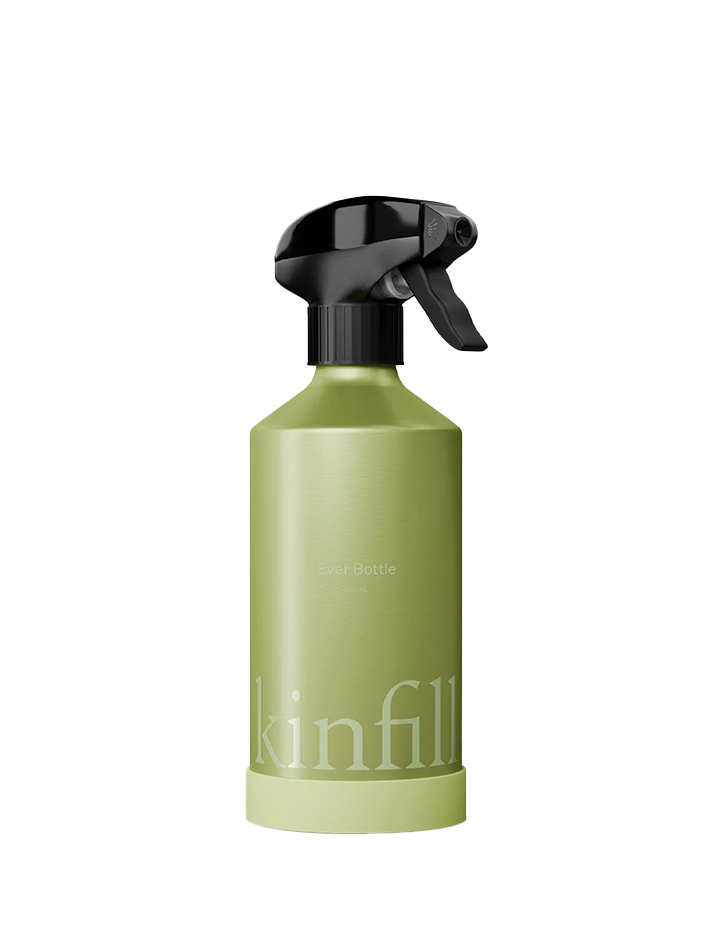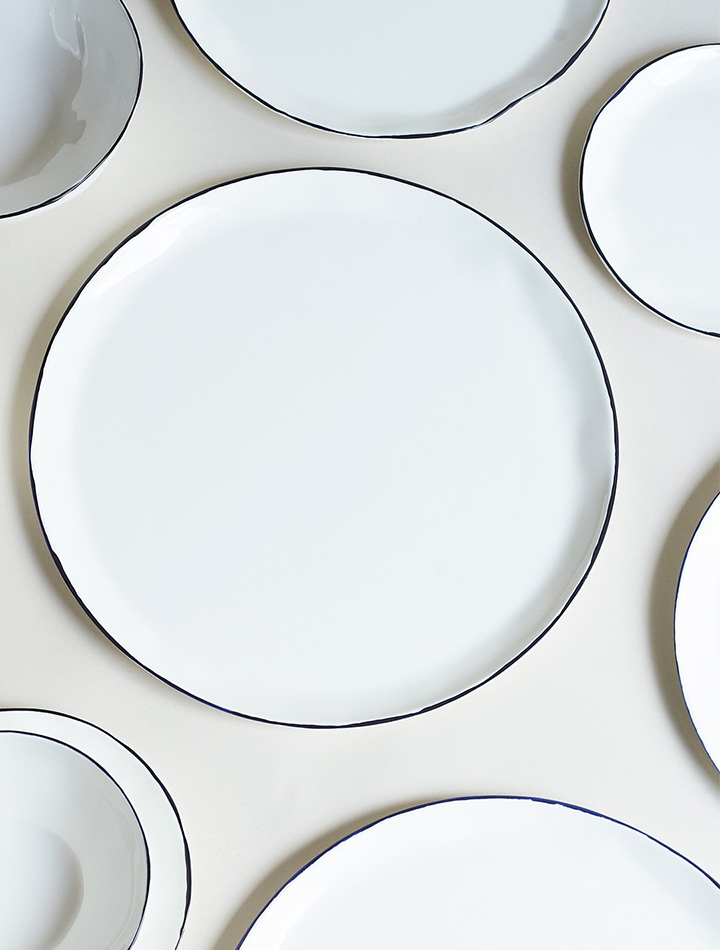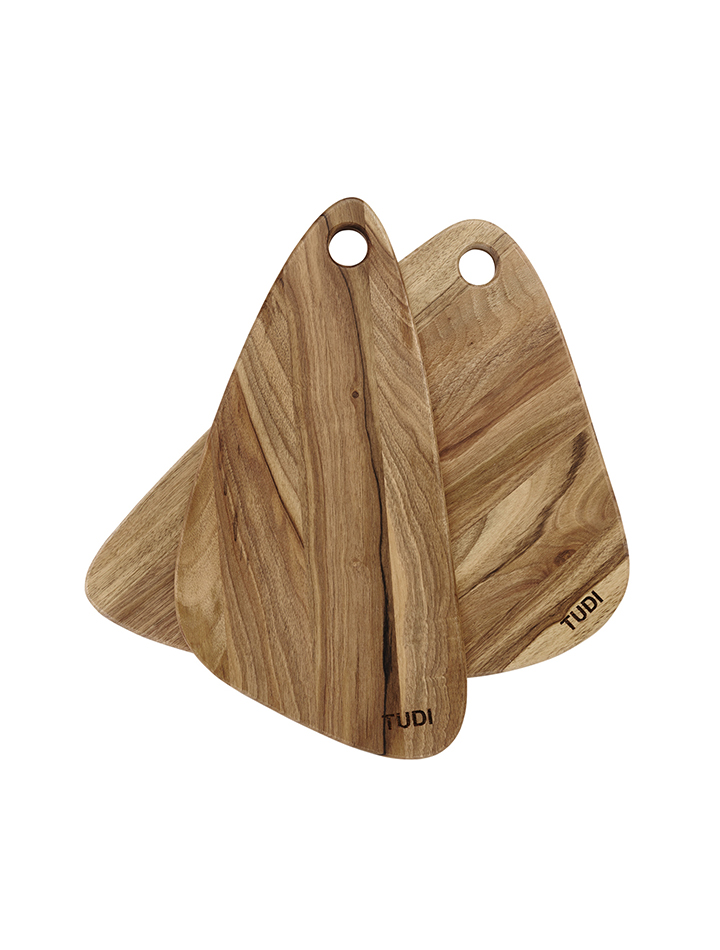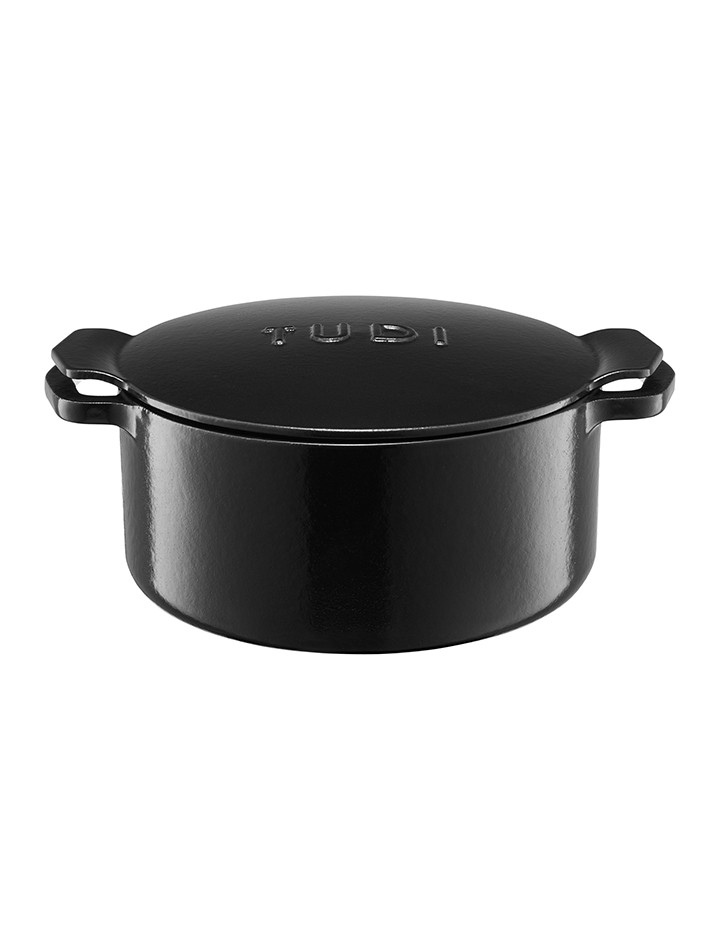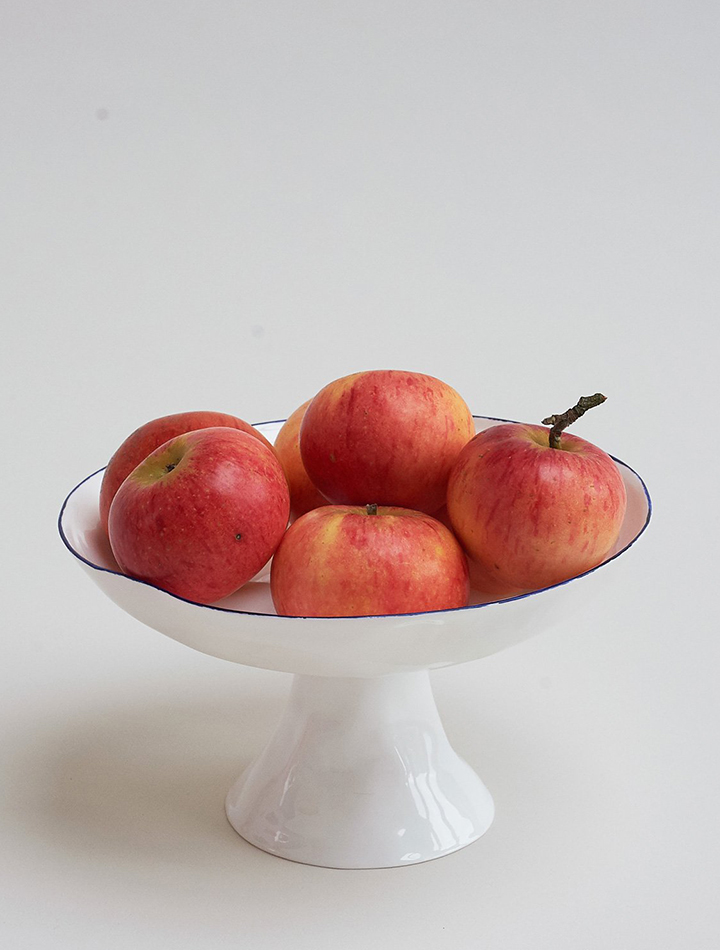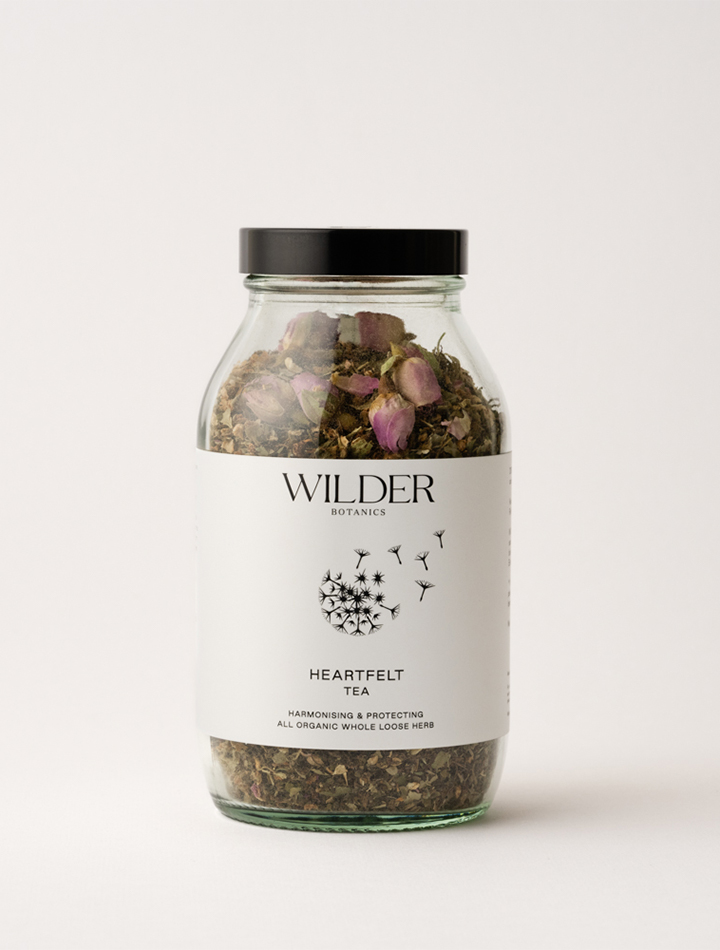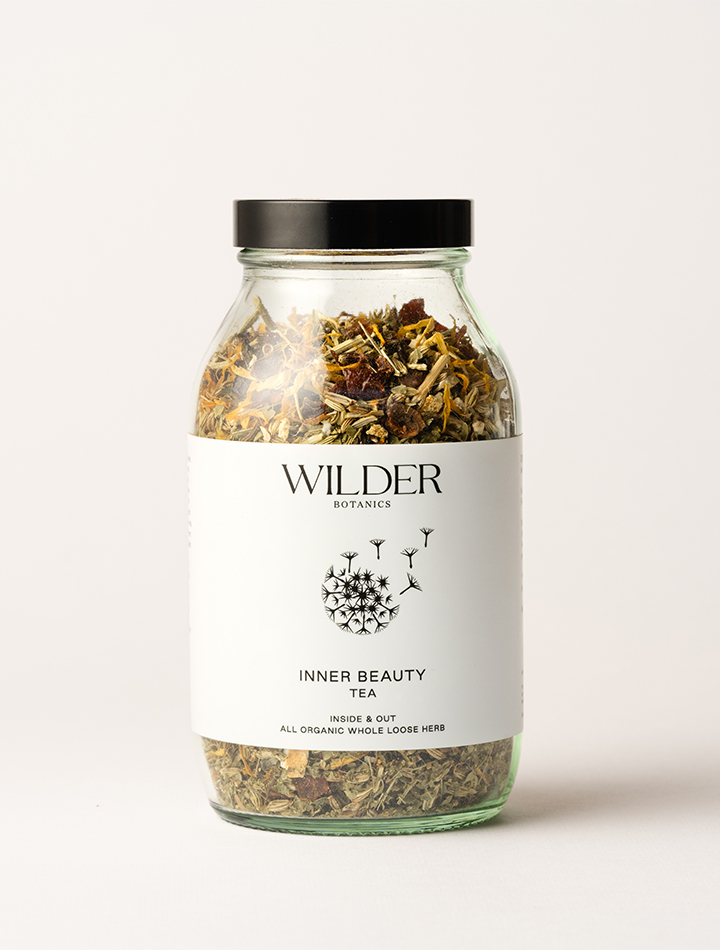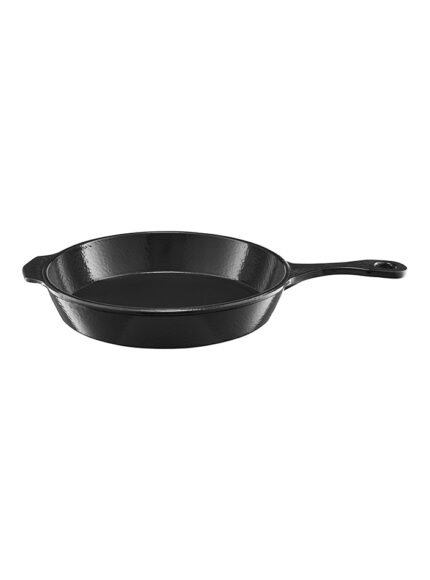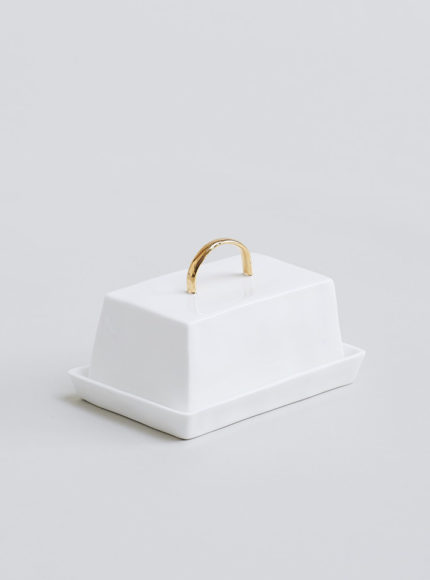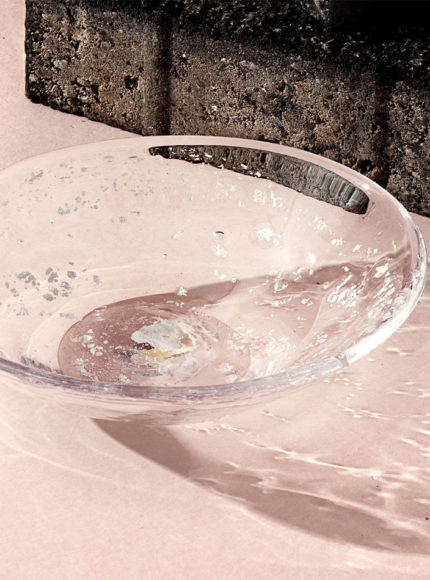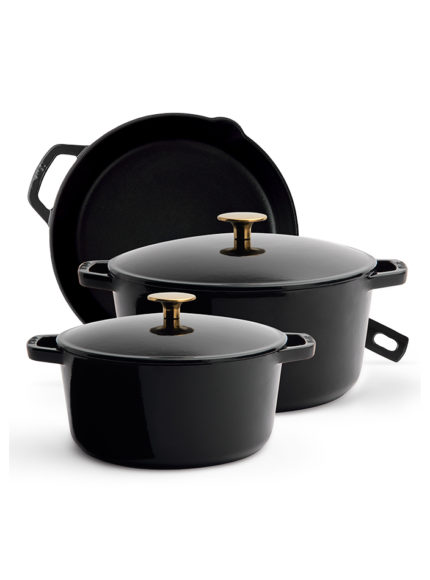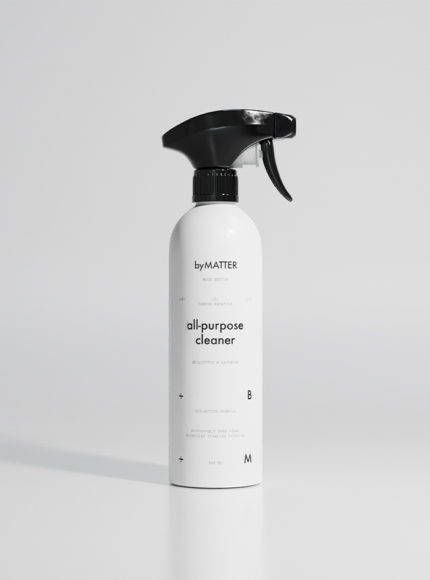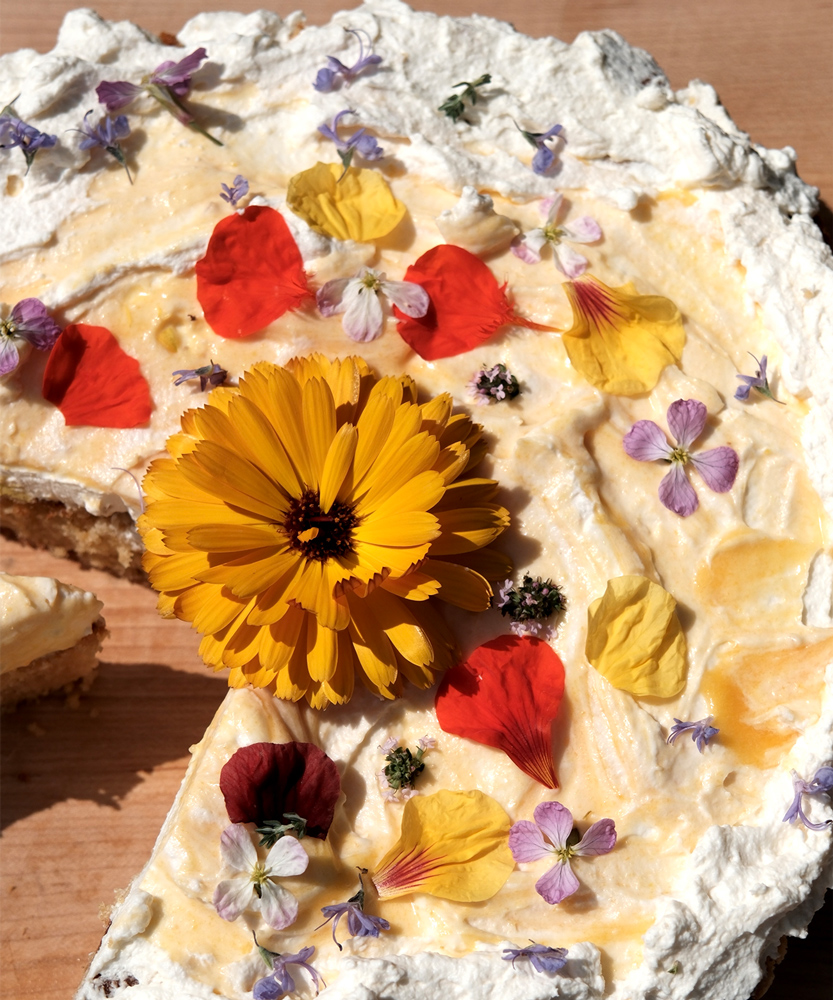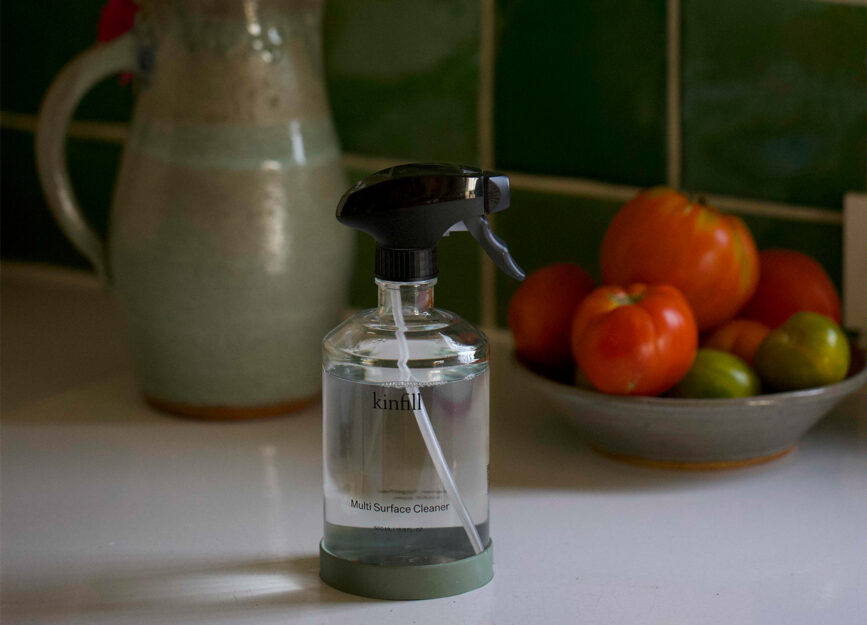

@kinfillcare by @in.aurea
@in.aurea
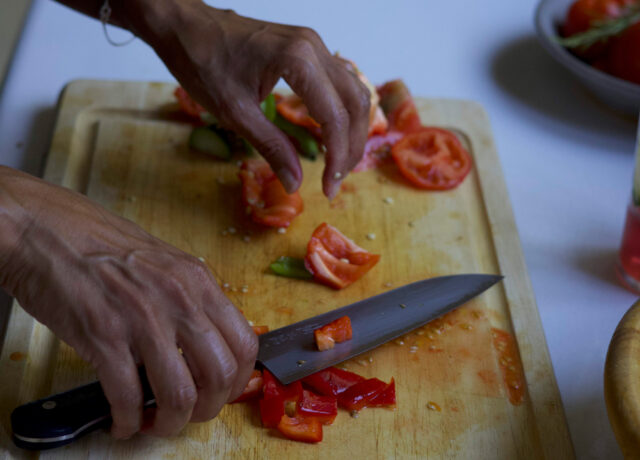



Johanna Ljunggren @in.aurea
Home
How To Curate a Plastic Free Kitchen
Going plastic free in the kitchen is a great starting place to begin your journey to reducing your plastic intake in your home and life. In this editorial REV Food and Garden Editor, Robert shares his tips on how start transitioning to a plastic-free kitchen. Exploring the eco alternatives to everyday household items.
Brought to you by our friends at TUDI!
How & Where To Start
The key to become plastic free is taking small steps of change in how you consume. Starting with making no-plastic-choice is the way to bring about great change in a very short period of time for you. Kitchens are the heart of homes and our lives. Bringing about sustainable change to your kitchen is the perfect place to start. It will in time flow through the rest of your home and life and all those living in your household.
A plastic free kitchen is a process.
Namely because plastic is everywhere. And also (sadly) ubiquitous with our contemporary food produce. So much of it already comes wrapped or boxed in single use plastic. However, it doesn’t have to be like this, starting small is so important so as not to feel overwhelmed. Work on bringing in the change in batches, so you are able to phase old habits and bring in your new green ones. Over a relatively short period of time, you will see your kitchen go plastic low and then ultimately become completely free.
Change happens by doing.
And now more than ever is the time to start doing things different, we are living in a time where change is being thrust upon. So take this chance to make a change to how to make your kitchen plastic free, learning with our actionable steps on how to switch from single use food packaging right through to the larger cleaning supplies, we have lots of really simple and inexpensive changes you can make to your home, which will make a great difference to your weekly plastic waste, to hopefully reducing it completely.
At REV we continue to promote the importance of our caring environment as one of the key takeaways from this current health global crisis in how we approach and view our environment. Caring for it in a far greater and greener way is going to be a very big takeaway for us here at REV. So below, I’ve pulled together an approach of how to begin the process of going plastic free.
Splitting the kitchen up into manageable parts means you can tackle each area with ease.
The Sink
Somehow the sink is always full, right? Getting those plates and pots all sparkling is important. But it’s important we wash up in the most eco-way as possible.
Plastic free bottles:
Get one, get two bottles, we like to buy glass ones and source an eco-friendly supplier for both dish and hand soap so you can work on refill options. We love Kinfill as they are super chic and have a variety of aluminium refill bottles colors as well as their glass bottle cleaner kits and especially their Tidy Kitchen Bundle.
Plastic free sponges:
A hidden secret in every sink, full of plastic (usually a foam from polyurethane – as it’s used) it brings down sending plastic particles into the water cycle – ultimately ending up in our oceans. Go for eco sponges and wooden scrubbing brushes but make sure the brush is made from natural fibres.
Plastic free scrubber:
We think coconut fibre ones are great.
Everyday Items
Plastic free kitchen utensils
Replacing out all plastic cooking utensils and plastic cooked non-stick pans is a process. But one you can start easily. As and when you purchase new equipment for the kitchen do look out for stone or metal pans – and if you are able to purchase one with mental handles and knobs even better. Investigating in a top-notch cast iron frying pan is a great kitchen investment and will be a trusty friend for many years, its great asset is that over time it naturally forms a non stick surface – which is fabulous as we try to move away from the plastic “polymer” based coatings. Also, make sure all your colanders, sieves, chopping boards and utensils are wood or metal.
Plastic Free cleaning hardware
Another area to think of is all the cleaning kitchen hardware like dustpans, brooms, brushes and floor mops – much of what is sold today is all made solely from plastic. However, there are now increasing eco options – so investing in a wood or metal is a great environmental call as they last longer and are a great addition as you make the shift to a green kitchen.
Plastic Free Trash
As for dealing with waste, splitting up your rubbish is so important. Between organic (veg and fruits skins), dry and wet. Of course, always split you waste for recycling between cupboard, glass and metal. Make a simple switch to non plastic alternatives to trash bags such ones from paper (newspaper or recycled paper) or biodegradable (just make sure they are planted based) ones.
Food and Drink
This is the biggie. An area that requires you to think creative and really work on developing new habits to replace ones that contemporary society has pushed upon us. The simplest way to stop plastic is to stop buying it. Actively choose to only buy loose vegetables and fruit, take glass or reusable containers to your local delicatessen or butcher or fishmonger. If your local traders are still using plastic and encourage them to think of looking into more sustainable methods, there are many options out there.
Plastic Free Food Storage
Buying in bulk and then storing in larger containers and having glass jars and jam jars for your dry goods is a great way to start. Ditch the clingfilm and aluminium foil for baking paper. Also investing in a packs of natural waxed cloth is an excellent tip when it comes to covering food.
We also recommend making the switch to glass milk bottles, either through your local delivery service or market – reusing glass bottles is far better for the environment. Have a look at this site for options of your local milk delivery. We must become far more comfortable with the reusing of glass bottles, jars and containers.
Another top tip is metal food boxes – known in the Indian Subcontinent as a ‘tiffin’ these are round stackable boxes, which are super easy for packing your lunches or weekend picnics. Your local Indian supermarkets will surely offer you a range of stainless steel tins.
Plastic Free Fruit and Veg
Try (I know not always possible) if you are able to. I recommend getting as much produce from a local greengrocery, farm or farmers market – this not only supports small farming enterprises, it tastes fab you’re eating what’s grown locally and in flow with the season, but also much massive on transportation coats in terms of carbon emissions but also plastic packaging.
A weekly box delivery is another great option and there are many services to recommend. See some of our favorites here:
A Plastic Free Kitchen In Summary:
Top Buys for Creating a Plastic Free Kitchen
– Glass jars
– Beeswax wraps
– Cloth napkins
– Wooden dish brushes
– Reusable food storage bags
– Glass spray bottles
– Reusable coffee filters
Useful links:
Eco Vibe for many household items.
Peace With The Wild also for household bits.
Find beeswax wraps here.



















